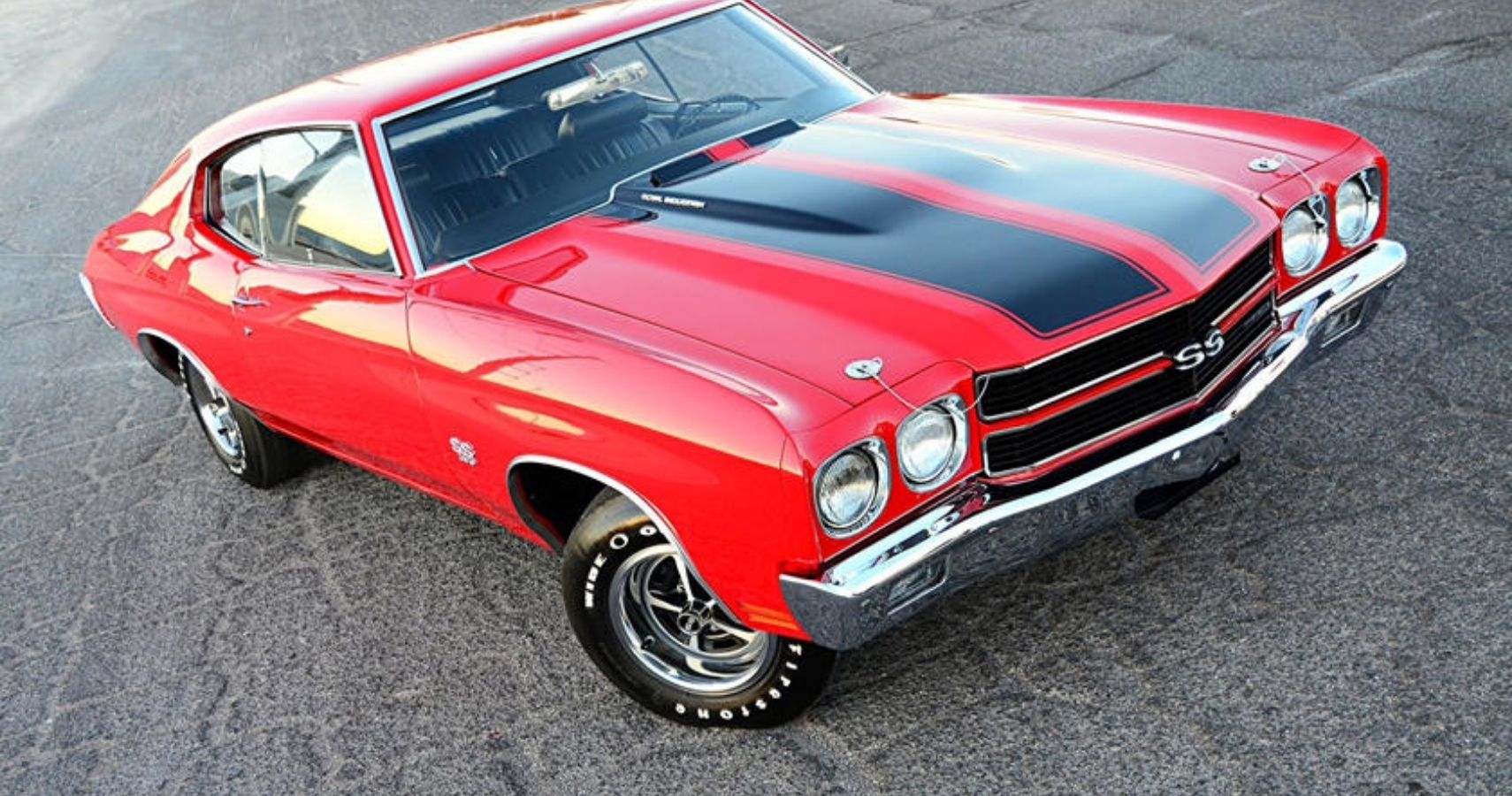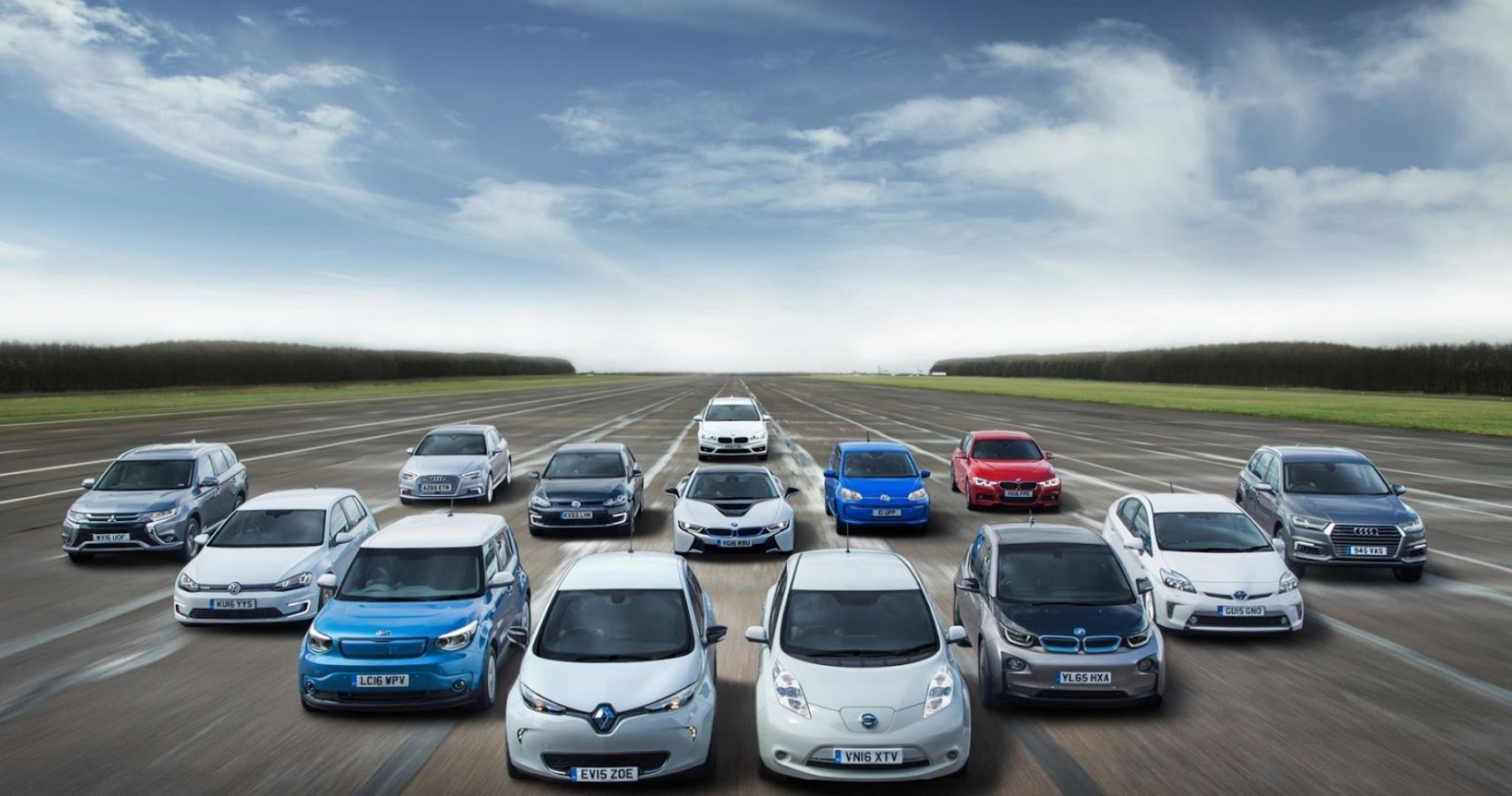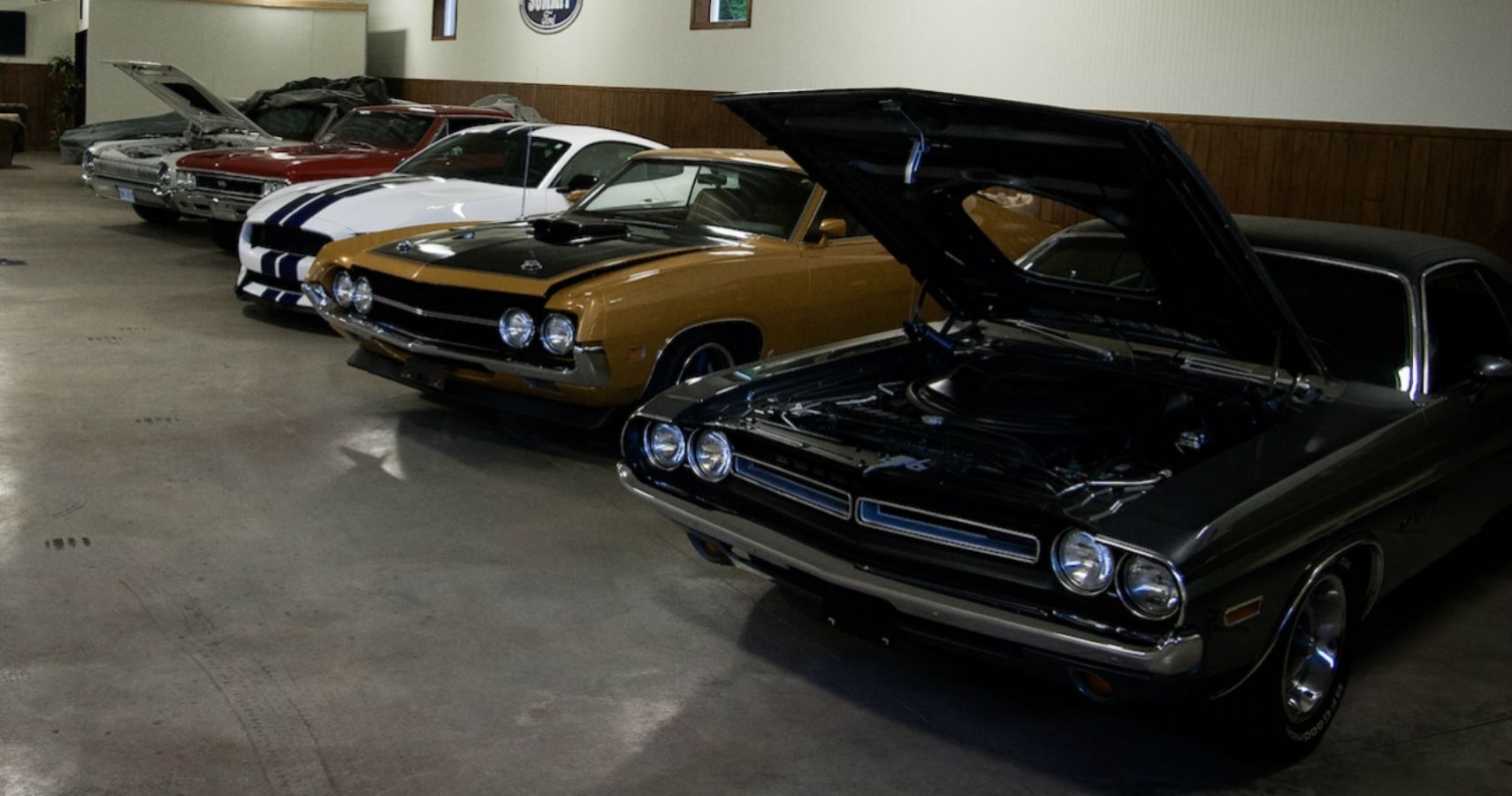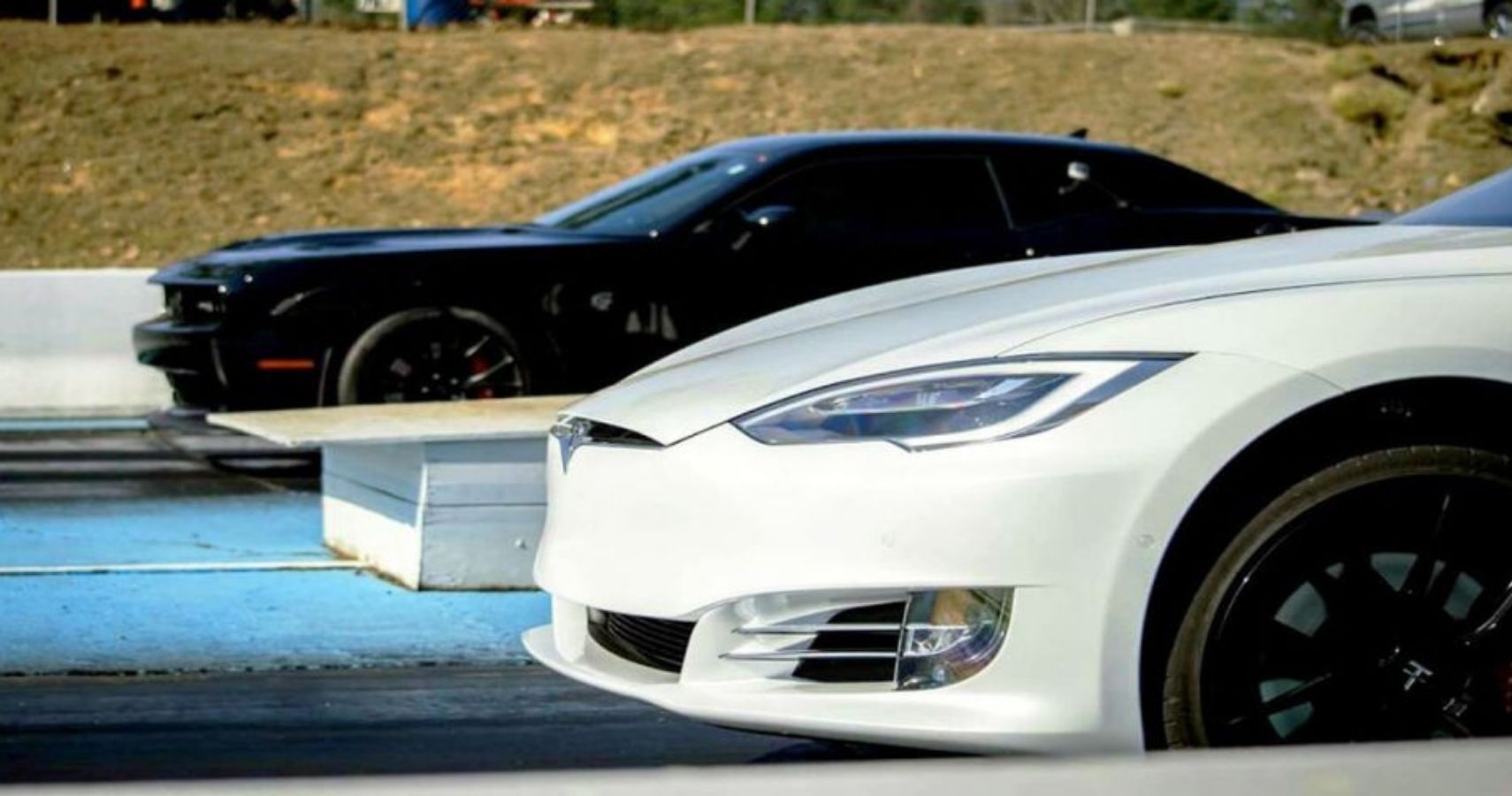For the longest time, muscle cars used to be the heart of most Americans. The sounds that the car makes, the feeling you get when your heart skips a beat as you turn on the engine. The smell of the gasoline coming out of the exhaust. These all used to be invigorating feelings that we will forever cherish. But, gone are the days when our beloved muscle cars are the most powerful and strongest cars on the road.
Our roads are now filled with EV vehicles and some of them are a lot faster and more powerful than the American classic cars that we have come to know and love. We take a look at some of the most iconic Muscle cars and see how they measure up to some of the most iconic electric cars on our roads today.
Muscle cars of the past will no longer win the race against some of the most powerful electric cars on the road today.
What is an EV vehicle?
An EV is an electric vehicle. It uses one or more electric motors or traction motors for propulsion. An electric vehicle may be powered through a collector system by electricity from off-vehicle sources or may be self-contained with a battery, solar panels, fuel cells or an electric generator to convert fuel to electricity.
An electric vehicle can include but is not limited to, road and rail vehicles, surface and underwater vessels as well as electric aircraft and electric spacecraft. EV first came into existence in the mid 19th century. Electricity was among the preferred methods for motor vehicle propulsion, providing a level of comfort and ease of operation that could not be achieved by the gasoline cars of the time.
In the 21st century, electric cars have seen a resurgence due to the technological developments that have happened as well as an increased focus on renewable energy and the potential reduction of transportation's impact on climate change and other environmental issues.
Which old Muscle cars will not hold against a modern-day Electric vehicle?
Ford Mustang 289 (1966)
This is an 8 cylinder muscle car that has around 255 horsepower. It is an All-wheel-drive car and is part of the Mustang History. It is part of the first generation of the Mustangs. The low-end models came with a straight-6 engine but the 289 came with an amazing V8 engine that we have come to love in our Mustangs.
Third Generation Chevrolet Camaro (1982-1992)
Another iconic muscle car is the Camaro. In 1987 the L98 350 cu in (5.7 L) V8 engine became a regular option on the IROC-Z, paired with an automatic transmission only. This engine could produce around 225 horsepower at 4 400 rpm.
Now if we take these 2 iconic muscle cars out on the track today, they will not win the race if they are standard against some of the electric cars on the road. Let’s have a look at an electric car that will hands down win.
2019 Jaguar I-PACE First Edition
This Jaguar includes a 394 horsepower engine that has single-speed transmission, ABS, and driveline traction control. This Jaguar looks like a normal coupe but under the hood, it carries a lot of power!
Tesla versus A Dodge Challenger Hellcat
In the good old days, the Dodge Challenger’s biggest rivals were the Ford Mustang and the Chevrolet Camaro. These three cars were a trio of retro-styled, American muscle cars. Recently, the Hellcat has gotten a new rival that not many people saw coming. This new rivalry has developed between the 707 horsepower Challenger Hellcat and of course the Tesla Model S.
It really is a lot of fun to watch the Hellcat race against The Tesla Model S and a lot of car enthusiasts love to argue about which car is better. Unfortunately, our American muscle car broke its drift shaft during the race and of course that meant that the Tesla Model S won the race.
At the end of the day, electric cars are less complicated than cars that are powered by internal combustion engines. When it comes to electric cars, you have a few batteries on the floor, a few motors to drive the wheels and well, that is pretty much it. The Tesla Model S does not need to shift gears as they use a single-speed gearbox. One of the main reasons why electric cars have not become mainstream is the cost of the batteries and the charging stations that you need to place in your homes but we have a feeling that one day, they will find a way to make it more affordable.
People have had issues with electric cars such as Tesla and people have had issues with muscle cars which you will see in the video below but one thing is for sure, the electric car does not have the same sounds and vibrations that an all American Muscle car has that makes our hearts skip a beat when it races past us.
YouTube video of the Hellcat blowing parts across the street
The video above shows the race between the Hellcat and the Model S.
It's unclear whether the Hellcat in question was bone-stock or putting significantly more power to the ground than it had from the factory. And we can't tell from this one video what caused the failure. This race does not settle the argument once and for all, which car is better and more reliable however, it does point out how simple an electric car is and how complicated our beloved muscle cars can be.




